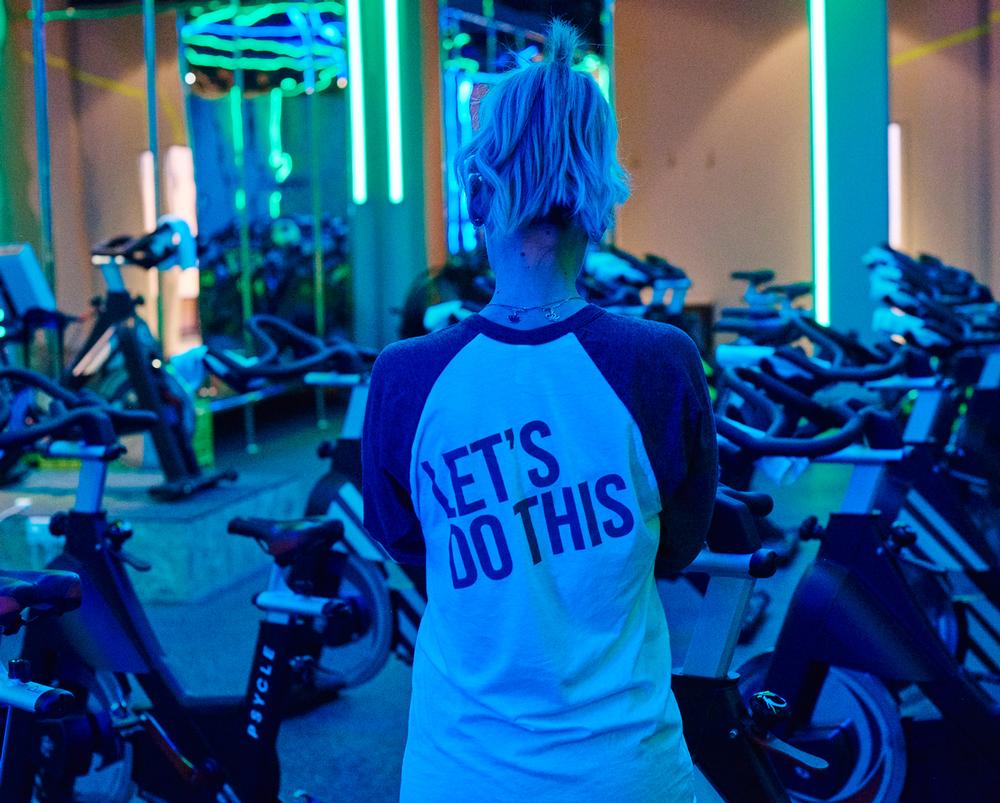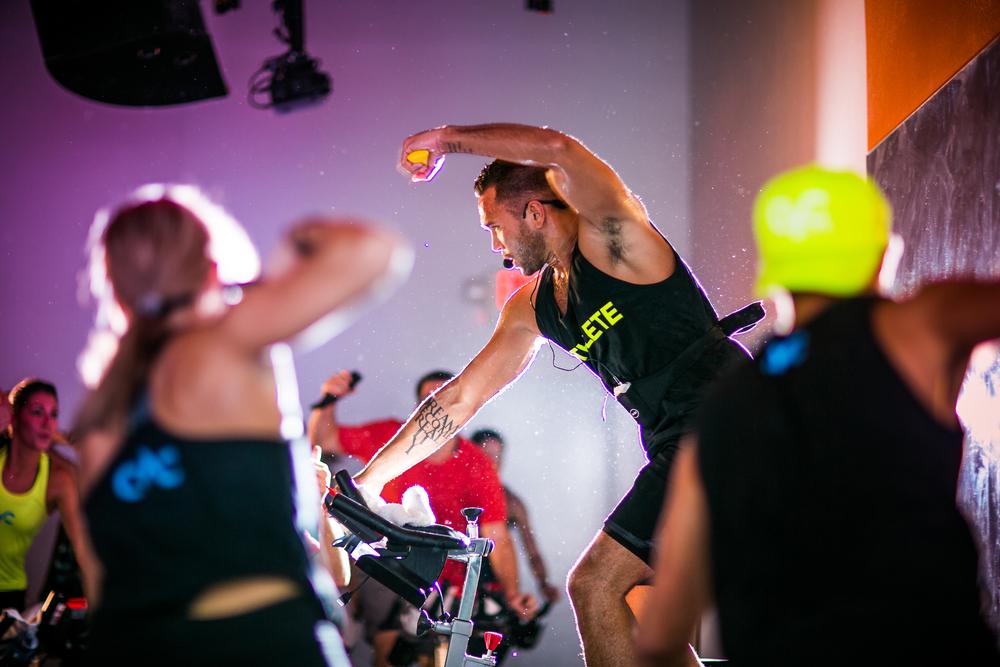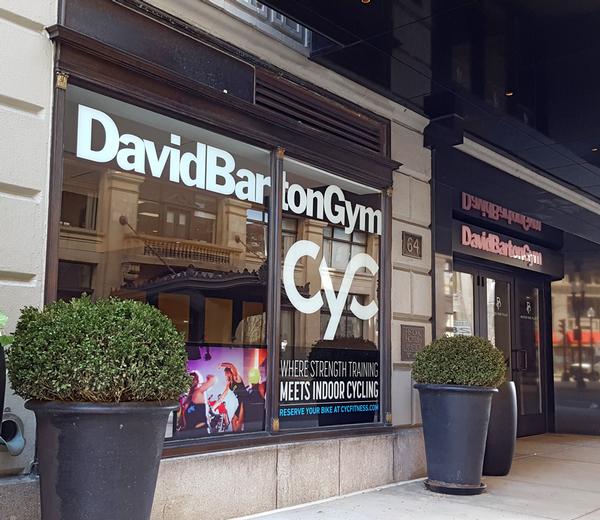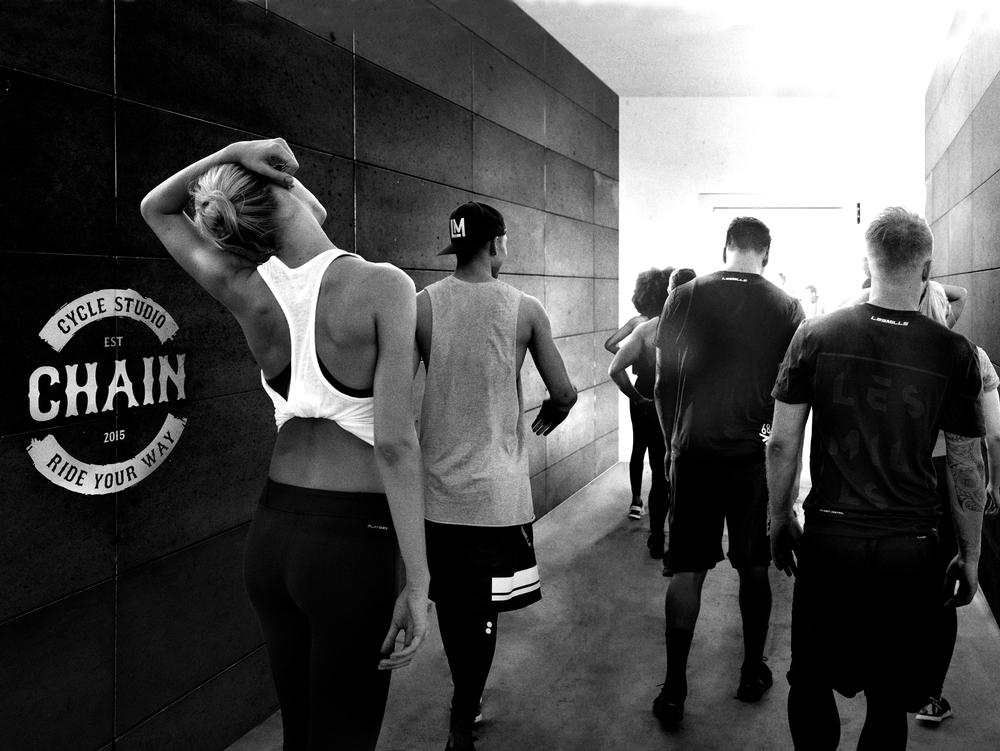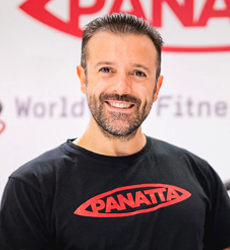The appetite for boutique fitness studios is significant and growing. “Last year, twice as many exercisers opted for a boutique gym experience as in 2014, and in the US, more than 40 per cent of the 54 million members of health and fitness facilities now use fitness boutiques,” says Les Mills CEO Phillip Mills.
Following in the wake of celeb favourite SoulCycle – the US-based chain of indoor cycling studios that has built a passionate tribe around its offering – indoor cycling is the boutique concept to have gained the most traction. And now the model is starting to evolve, with boutique cycling studios popping up as standalone clubs within other facilities. “Boutique offerings aren’t limited to standalone studios. In fact, the addition of boutique solutions within traditional multi-purpose facilities could be the key to long-term success,” adds Mills.
Shop-in-shop
The retail industry has already honed the concept of a shop within a shop, Mills adds, and the health and fitness industry could follow this lead: “During the 1980s, boutique fashion stores began to pop up and the popularity of department stores began to plummet. As a result, in recent years, many department stores have driven a renaissance by integrating in-store boutique offerings.”
Where before these in-store boutiques might have been different fashion labels or different brands of cosmetics, now a crossover between retail and health and fitness is appearing. Paris department store Galerie Lafayette has been offering in-store yoga and pilates classes to complement the launch of its expanded range of sports and wellbeing clothing. Going one step further, to illustrate its commitment to wellness, London’s upmarket department store Selfridges created an in-store pop-up studio – as part of its Body Studio initiative – which was open for three months, from April to July 2016. London cycling studio Psycle ran a pop-up cycling experience in the studio for six weeks, before handing over to yoga operator Yung Club.
“As a young British business, we were excited to partner with such a legendary brand as Selfridges,” says Psycle CEO Rhian Stephenson. “A lot of the Selfridges team come to Psycle and are part of our community, so with the launch of the store’s new Body Studio and a focus on wellness, it was a natural fit for the two brands to partner up.”
Club-in-club
Another way this trend is playing out is through health and fitness operators teaming up – specifically, full-service clubs making space in-house for third party boutique operators to come in and run their own self-contained fitness studios, under their own brands.
For the boutique operator, this offers low-risk growth opportunities and a captive market of gym members to convert to its offering.
Meanwhile the full-service host club benefits from the boutique’s cool image and personal touch, all of which has high consumer appeal – new fitness enthusiasts are drawn to the club by the boutique. It will typically also receive a percentage of the boutique’s revenue, as well as discounts on boutique passes for its members – and will also be freed up to focus on the gym while the studio no longer loses members to local boutiques, but instead thrives.
US operator Town Sports International has announced two such partnerships – with indoor cycling operator Cyc Fitness and athletic-based training studio Tone House – to offer club-in-club concepts inside selected gym and BFX locations, to form a “curated studio collective”. Cyc and Tone House will run their classes and operate independently of TSI.
“We’re maximising our unique real estate position to provide a world-class experience, by partnering with best-in-class studio experiences,” says TSI spokesperson Lisa Hufcut. “The goal of these partnerships is to elevate the New York Sports Club brand, while offering an unrivalled experience to our consumers in which they can take an elite cycling class one day, an amazing cross-training class the next day and then a third dynamic class the following day.”
The first TSI club to feature both a Cyc Fitness and a Tone House studio is Boutique Fitness Experience (BFX) in New York’s Chelsea district, which opened this summer. A second studio collective is now slated for Manhattan’s Upper East Side.
“The fitness landscape has changed dramatically in the last few years. Expanding partnerships with premium studios allows us to embrace the specialised fitness programmes our customers enjoy, while allowing boutique owners to supercharge their growth and significantly reduce risk at the same time,” says the CEO of TSI, Patrick Walsh.
Cyc has already partnered with other brands to create a similar club-in-club offering, including inside DavidBartonGyms in New York and Boston, and at the Forum Athletic Club in Atlanta.
Going it alone
A third example of how this trend is playing out is for the club-in-club to be run by the same operator as the main club, but branded separately and operating in its own right. Les Mills’ club in Newmarket, Auckland, New Zealand – which opened last November – is an example of this, with its cycling studio Chain.
Chain offers a mix of live and virtual classes and has 3,280 monthly attendances (1,739 live, 1,541 virtual). The concept was created to protect Les Mills clubs from boutique cycle studio competition, says Mills: “Our aim was to create our own boutique within our club which was better than any of the external cycling boutiques.”
He continues: “The keys to this were the variety of programmes – boutiques often have just one concept, which limits market size and can go out of fashion. We offer our immersive screen, which we use not only for immersive class The Trip but also for larger-than-life virtual classes.”
The studio was also given a distinct brand to make its status as a boutique absolutely clear, as well as to specifically attract the Millennial market. The plan has worked, as within seven months the club was operating almost at capacity, including a huge number of Millennial members.
Although Chain operates as a separate club, it’s run centrally. “This allows us to decide on a price that optimises the balance between income from booking fees and new members,” says Mills.
And he predicts we will see more of this going forward: “When it’s done properly, it’s a great addition to the business, just like running a great personal training operation. It attracts members and also earns secondary income if you want to charge for it.”








